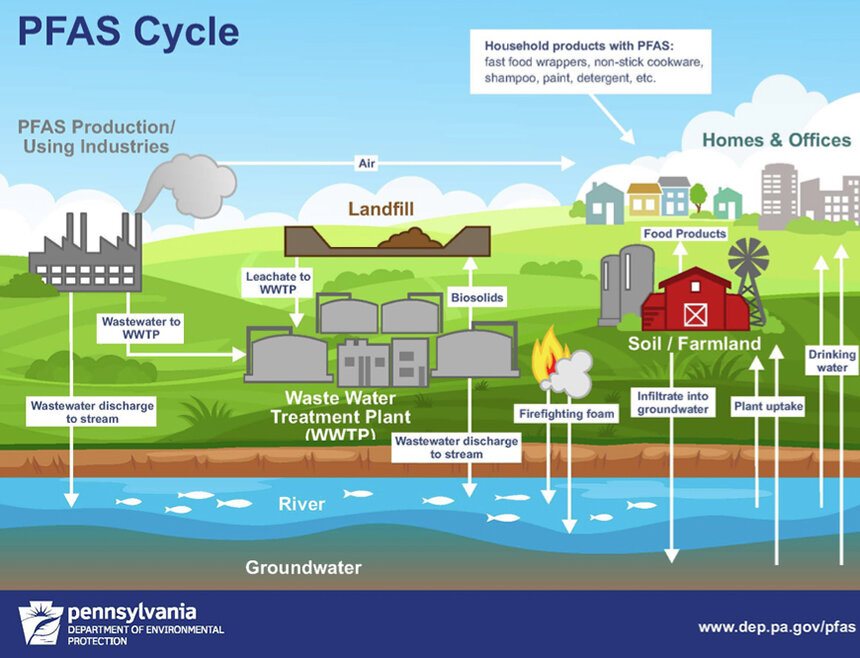Green Space Improves Individual, Community Mental Health
May 27, 2021
PROVIDENCE — It’s a sunny Monday morning at Dexter Training Grounds in the city’s West End. Birds hop on the playground, empty of kids for now. A woman in blue, headphones in, jogs past on a tree-lined sidewalk. A man practices martial arts on the grass, concentrated and preparing for a high kick.
Christina Stang is out for a walk, just headed home with her dog, Joseph, who is making the most of his last minutes outside by sniffing down the trees. For Stang, who comes out to enjoy the park multiple times a day, living across from the Dexter Training Grounds, also known as the Dexter Armory Park, “is like a dream.”
With a toddler at home and triplets on the way this August, she joked the park is going to need another swing set to make room for them all.
Last year, park visitation skyrocketed across the country because of COVID-19 lockdowns, and many hailed their local parks as a lifeline to sanity and a last remaining social world.
The concept of green space as a mental-health salve goes back a long way, according to Peter James, assistant professor of environmental health at Harvard University.
Edward Wilson, an American naturalist known for his 1984 book “Biophilia,” argued that humankind’s affinity for natural space is rooted in biology, that people are just plain wired to be attracted to and calmed by nature. But, according to James, that calming effect may be due to nature-induced shifts in cognitive functioning that allow people to regain energy, “refocus and rebuild.”
The cause is still under consideration, but in analyzing nationwide data, James and his team have found a strong relationship between greenness and lowered risks of depression — in addition to more established links to lowered obesity rates, reduced risk of cardiovascular disease, and limited exposure to noise and pollution. Even after adjusting for potentially confounding variables, such as income and activity level, the findings stood.
“I’ve seen a lot of articles recently on kind of like this loneliness epidemic, and I think open spaces really help with that,” said Alex Chuman, stewardship director for the Aquidneck Land Trust.
But what if there’s no open space around?
Chuman, who serves as lead partner with Newport Health Equity Zone’s Greening Urban Spaces Working Group, is at the front lines of a drive for equal access to green space — and the health benefits that go with it.
“Compared to the rest of the city, [the North End] has way fewer parks and trees,” he said. “It’s below the national standard for what’s recommended.”
In 2017, a master plan developed by the Newport Open Space Partnership and adopted by the Newport City Council placed park equity issues at center stage and highlighted severe deficits in the North End’s green space. City officials and local residents are pushing to change that, Chuman said, by increasing tree cover and walkability and making Miantonomi Park safer and more usable for all.
But it’s not a Newport problem alone. A recent report by the Narragansett Bay Estuary Program showed that socioeconomically disadvantaged communities had about half the tree canopy and protected green space as other communities in the Narragansett Bay region.
These are exactly the communities that could use improvements in local green space most, according to James. Health benefits of public parks are amplified in lower-income communities, he said, which generally have smaller lot sizes and less mobility than wealthy areas.
And it’s not about “living in Yosemite,” he said. In these spaces, small “softening” changes — like those implemented by the Aquidneck Land Trust and resident-driven groups across the state — make a big difference.
“We call [parks] an amenity, but really they’re essential,” James said, “and basically a right that we need to have this open space.”



